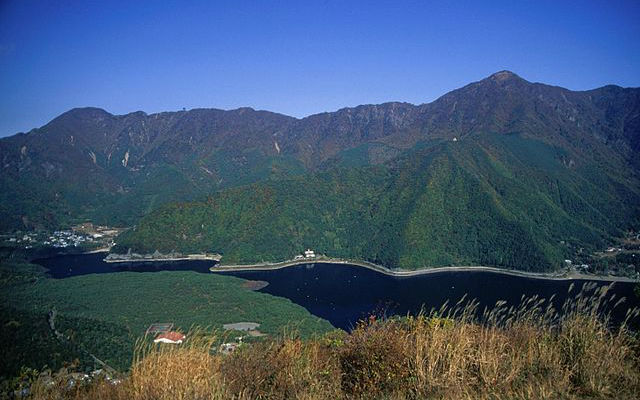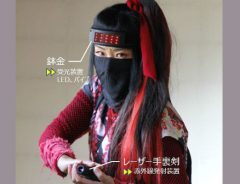
Source: Alpsdake/Wikimedia Commons
Aokigahara Forest And Suicide: A Brief Look Into Its History As One Of Japan’s Most Haunting Locations
- Tags:
- Aokigahara / Forest / History / Japan / Suicide
Related Article
-

Japanese university releases free printable 3D big tuna mask covers
-

Birthplace Of Ninja In Japan Hopes For “e-Ninja” To Be Recognized As Olympic Battle Sport
-

Handle kitchen duties with a Japanese cooking tentacles
-

Dessert Onigiri: Tokyo Store Now Sells Rice Ball Cakes
-

Bowl-Shaped Waffle Maker Will Forever Change The Way You Eat Breakfast
-

Celebrate Early With Krispy Kreme Japan’s Sweet And Spooky Halloween Doughnuts


Arguably one of the most haunted places in Japan (if not the most haunted place), Aokigahara Forest has inadvertently become the final resting place for hundreds of people. The thick foliage and eerie silence of the woods provide a sense of comfort to those who seek to end their life in privacy, and thus, many people are lured to Aokigahara Forest for the purpose of committing suicide.
Source: gomafrigo/Flickr
Aokigahara’s fame as a “suicide forest” can largely be attributed to Seicho Matsumoto’s 1960 novel titled Kuroi Jukai in which a smitten lover commits suicide in the forest, as well as Wataru Tsurumi’s 1993 book called The Complete Manual of Suicide, which names Aokighara as the “perfect” place to commit suicide. So popular has Aokigahara become in recent years that Hollywood released a film in 2016 about the notorious woods called “The Forest.” Nonetheless, neither books nor a Hollywood film can solely be blamed for Aokigahara’s reputation as a suicide forest.
The problem has roots that dig much deeper into Japanese culture and the Japanese mindset. In feudal Japan, a defeated samurai would often be forced to commit seppuku, a form of ritual suicide, which involves disemboweling oneself with a knife in order to acknowledge his defeat. While Japan no longer consists of katana-wielding samurai living in a feudal era, that mindset of acknowledging one’s defeat through suicide has carried over to the modern era.
Source: fuji jyukai_08/Flickr
Unlike many Western countries, Japan does not have an extensive history of Christianity (a religion that rebukes suicide as being sinful), but rather, a history that glorifies suicide in such a way that it is seen as “honorable”; hence, it is no wonder that Japan has one of the highest suicide rates among developed nations. Taking into consideration the cultural context of suicide in Japan and recognizing the need for psychological reformation within Japanese society may provide the key to resolving, or at least mitigating, a critical issue that has plagued this country for far too long.